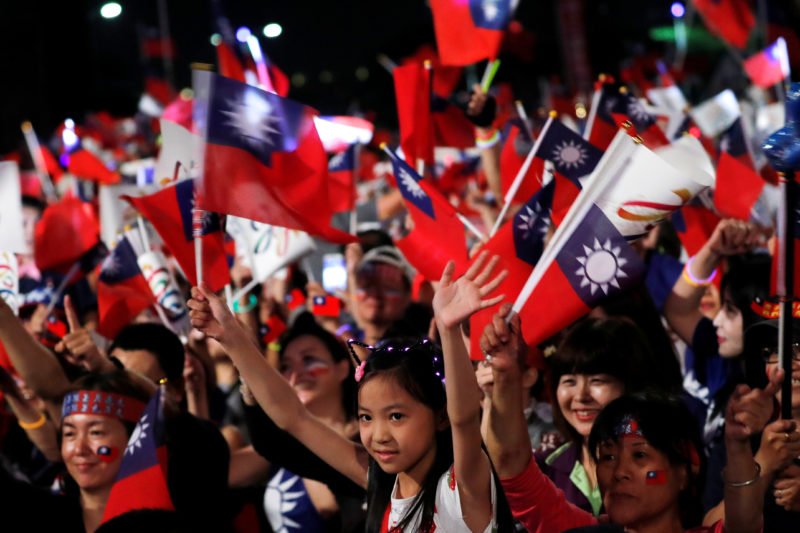How does a Taiwan election work?

Taiwan holds presidential and parliamentary elections on Saturday.
Taiwan was under martial law until 1987 and did not hold its first direct presidential election until 1996, a culmination of decades of struggle for democracy and to end authoritarian rule.
Taiwan elections are always watched closely by the island’s autocratic neighbour China, which claims Taiwan as a Chinese province. Taiwan says it is an independent nation called the Republic of China, it’s the official name.
Here are some facts about Taiwan’s election system and how this election will work:
Parties:
Taiwan’s two main parties contesting the election are the ruling Democratic Progressive Party (DPP) and the Kuomintang.
The DPP currently has a majority in parliament, with 68 seats. The Kuomintang has 35 seats.
The DPP favours Taiwan’s formal independence, while the Kuomintang, which ruled China before fleeing to Taiwan after losing a civil war with the Communists in 1949, favours close ties with Beijing.
In total there are 45 parties standing for the parliamentary elections, mostly small groups with little hope of getting seats.
Presidential Candidates:
Three people are standing for president: current President Tsai Ing-wen from the DPP, Kaohsiung Mayor Han Kuo-yu from the Kuomintang, and James Soong who leads the small People First Party.
The new president takes office on May 20.
The presidential term is four years and a president can serve a maximum of two terms in a row.
Taiwan’s president is the commander-in-chief of the military, appoints the premier, who then forms a cabinet, and signs the legislation into law.
Timing:
Polling stations are open from 8 a.m. to 4 p.m. (0000 GMT to 0800 GMT).
Taiwan media will likely offer their predictions based on early vote counts on who has won in the early evening.
The winning and losing candidates will either concede or accept victory later in the evening, though that depends on how close the vote is or whether there is any dispute about vote numbers.
The Central Election Commission will only announce the official results much later in the evening, by which time the looser is likely to have already conceded.
Voting:
For the presidential election, the winner needs only a simple majority to win. There is no run-off election.
For parliament, formally called the Legislative Yuan, each voter has two ballots, one for their local district candidate and the other for a party.
There are a total of 113 seats in the Legislative Yuan, of which 73 are elected by a simple majority in defined constituencies. Voters vote for a candidate in this case.
There are 34 seats “at large”, allocated proportionally to each party. Voters vote for a party in this case. A party needs to have at least 5 percent of the total party votes to win seats in the Legislative Yuan.
Six seats are reserved for Taiwan’s aboriginal population.
The Legislative Yuan is the main lawmaking body. The term of a Legislative Yuan member is four years. New legislators will take office on Feb. 1.
Some 19 million Taiwan citizens are eligible to vote out of a population of 23 million. Voters must be aged 20 or older.
Turnout:
During the last presidential and parliamentary elections in 2016, the turnout was around 66%.



















